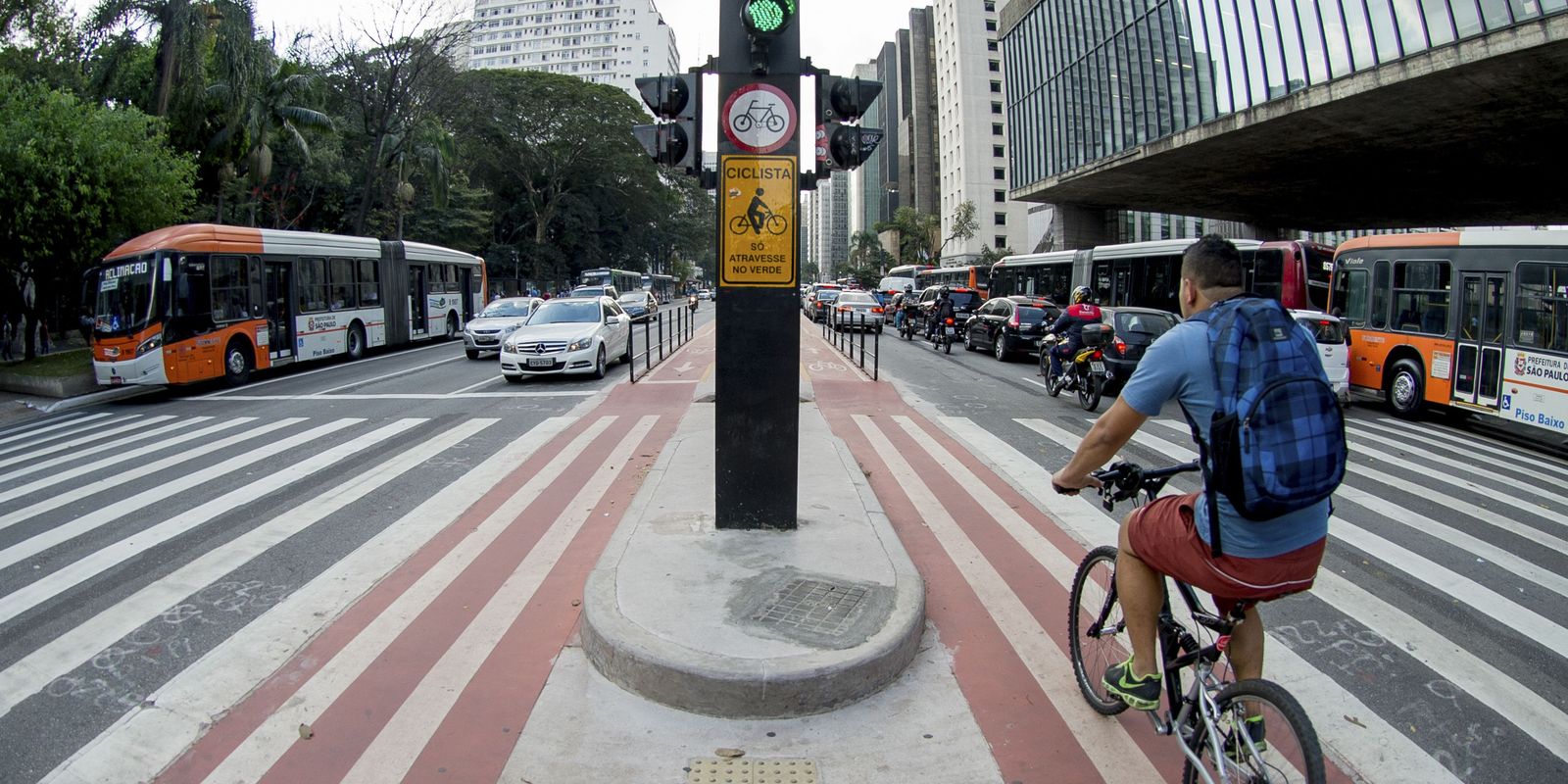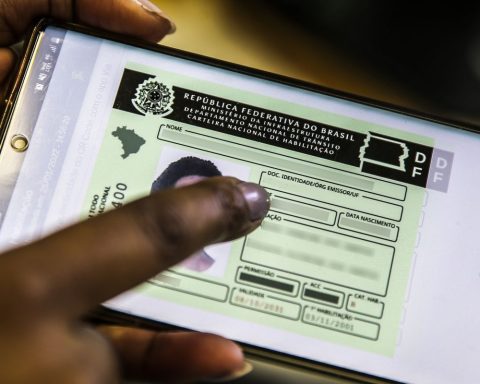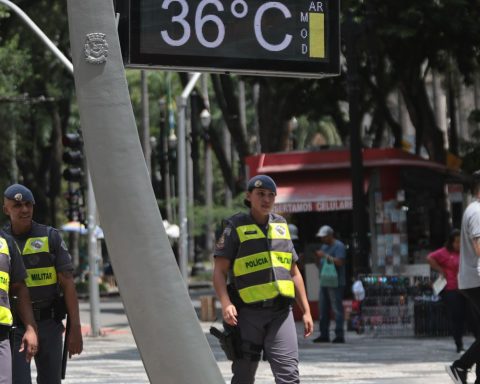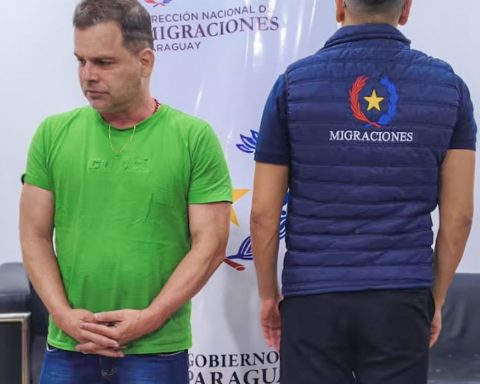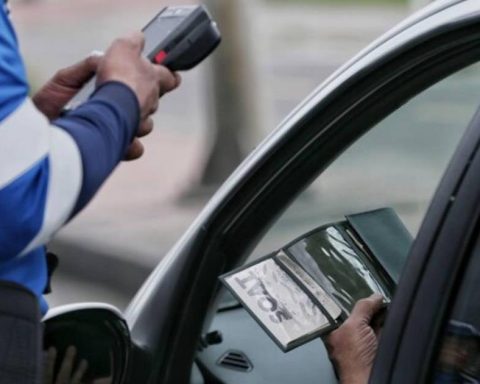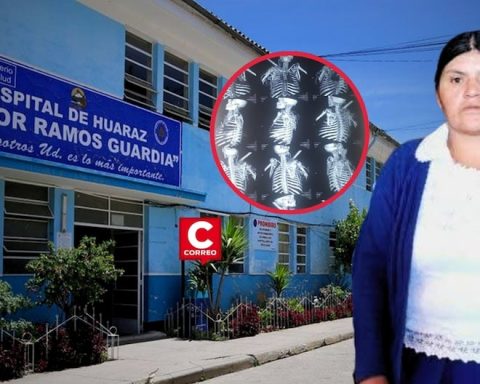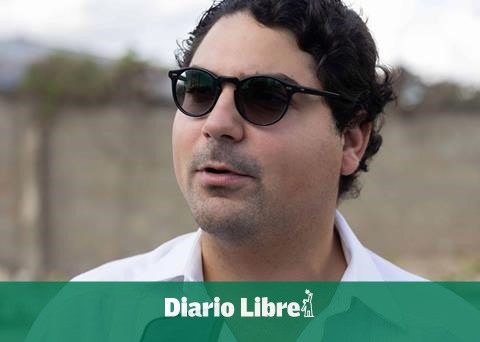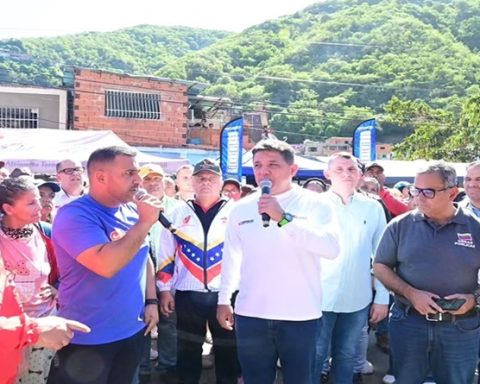Old fleets, difficulties in maintaining vehicles and roads, high cost and subsidies are some of the challenges of municipalities to ensure the coming and coming of its inhabitantswith good services and structures aimed at urban mobility. Some of the public policies created by the federal government to help the municipalities in this challenge were presented on Wednesday (12) during one of the panels of the meeting of new mayors and mayors in Brasilia.
Federal authorities, mayors and municipal secretaries who participated in the table Urban Mobility: Federal Support to public public transport services They classified as “obsolete” the public transport financing model based on the number of passages issued. Many argued that this accounting is made from the cost of the service to meet the specific demands of the municipality.
The Secretary of Urban Mobility of the Ministry of Cities, Marcos Daniel, said that it is part of the ministry’s policies to prioritize public transportation and its infrastructure and that the challenge is to make it attractive, with logic of traffic fluidity.
According to him, it should be taken into account that the cheaper the service, the more used it will be by the population. Marcos Daniel stressed the need for planning in the sector. “Listen to the population. From passengers to traders. Municipalities need to identify the needs and know how many vehicles are needed and at what times. This organization is fundamental for the provision of the service, ”he said referring to the situations in which the service is provided by the city or when it is granted to private initiative.
The secretary points out that it is important for the city to know exactly how much the service costs to meet the demand of his city to decide how he will be paid.
“The cost-pass model is obsolete,” he said as he suggested, as one possibilities, the calculation from the global cost and then seeking the most appropriate solution, which could even enable the zero tariff (free transportation) , if the government chooses to afford the cost. “Knowing the cost, we seek ways of how to pay it,” he said.
Information blackout
Marcos Daniel asked mayors to participate in National Urban Mobility Survey. According to him, these data give the federal government better conditions to develop their public policies, helping municipalities in the elaboration of their mobility projects.
According to the Urban Mobility Manager of the National Front of Mayors (FNP), Tainá Bittencourt, the country is experiencing a “blackout” with respect to public transport, which is the attribution of the municipalities.
“It is not even known the number of passengers who use [dos transportes coletivos]. Much less that of the elderly. This generates distortions in transfers, ”he said.
Planmob and Capabilities
The Secretary of the Ministry of Cities warned that the deadline for the participation of municipalities in the Urban Mobility Plan (Planmob), an initiative that aims to help the city plan its urban mobility for the next 10 years, ends this year.
“You need to access the Ministry of Cities and communicate about the interest in preparing your plan. We will give all the necessary help, providing technologies for the plan to be prepared, ”said Marcos Daniel.
He also recalled that there are several courses on the Portal of the National Cities Training Program (Capabilities), a channel for the transmission of knowledge for the “democratic construction of Brazilian cities”, from the integration of public urban development policies.
Representing the Civil House, the project manager of the new Growth Acceleration Plan (PAC), Pedro Boffi de Filippi, presented some of the actions and figures related to the new edition of the program.
“Many of the new investments aim at more sustainable modes, especially electric vehicles,” he said as he cited, also within the folder, projects focused on signaling, bike lanes, integration of modes and high value investments for rail vehicles, besides of the resumption and completion of structuring works.
Financial support
The Superintendent of the Infrastructure Area of the National Bank for Economic and Social Development (BNDES), Felipe Borim, spoke about the financial support instruments made available by the Bank to the municipalities. Solutions vary according to the profile of cities, which covers the number of inhabitants and characteristics such as the dimension of the municipality.
These solutions take points such as economic rationalization, prioritization of higher capacity and lower operating costs, privilege of public transport over the individual and the use of more appropriate technologies.
“The current moment is challenging, after a crisis started decades that resulted, for the first time, in cities with the use of public transport being surpassed by individuals,” said the superintendent by emphasizing that BNDES wants to reach municipalities and small municipalities, But that, to implement projects, it takes planning and studies.
“We are offering broad solutions, from planning to implementation, undergoing funding. We are also focusing on fleet renewal, stimulating electric vehicles and others also sustainable, ”he added referring to programs such as the Climate Fund, which offers attractive rates to electrify the public transport fleet.
Regulator
The director of infrastructure and improvement of the business environment of the Ministry of Development, Industry, Commerce and Services (MDIC), Alexandre Messa, said that many municipalities are unaware of their role as regulators of urban mobility services.
“Several organs do not perceive themselves as regulators, projecting this role to agencies. Municipalities, in terms of mobility, play this role of regulators and find it difficult to elaborate this role, ”said the director.
He suggested to mayors and secretaries to find out how to make regulation rules, as well as the necessary steps in this process, as well as for regulatory impact analysis. “It is very important that the result of this is presented in quality reports,” he added.
https://www.youtube.com/watch?v=_zsqocradao
